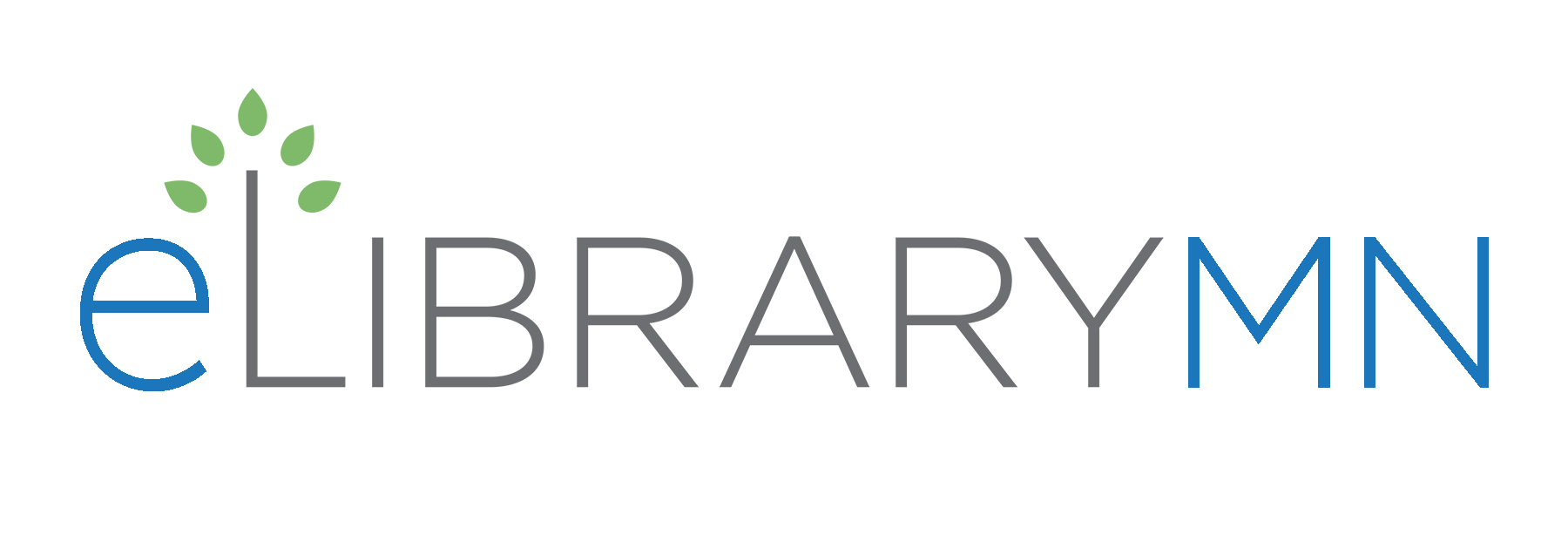by Matt Lee
Quick Summary
We ran a survey on the ELM portal between April and June of this year attempting to uncover some of the context to why people use the portal and how successful they feel in doing so.

We ran a survey on the ELM portal between April and June of this year attempting to uncover some of the context to why people use the portal and how successful they feel in doing so. To tease out what we learned from the full ELM Portal Survey Report, we’re digging into the results by audience. Find our first installment on library staff in August’s ELM Spotlight (it’s the third article down the page). Today we’ll take a look at students.
What We Learned, Part Two: Students



In the sampling above, you can see some of the usual suspects – Google and Wikipedia were oft-mentioned, for example. (Here’s a word cloud of all the K-12 student responses to this question.) Students appreciate websites that seem “easy to use.” But there is also evidence of a more nuanced approach to using some of the basic tools mentioned. Students often appreciated websites that are authoritative and trustworthy – that contain “good” information. And it seems that students are using search tools like Google as a means to find specific websites that are authoritative on certain topics. Many mentioned specific sites like the Minnesota History Center, the Mayo Clinic, and the CIA World Factbook. One might conjecture that students recognize that there is a spectrum of options available to them and that they use familiar tools like Google and Wikipedia as entry points to finding them.

